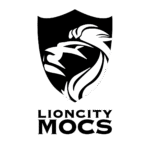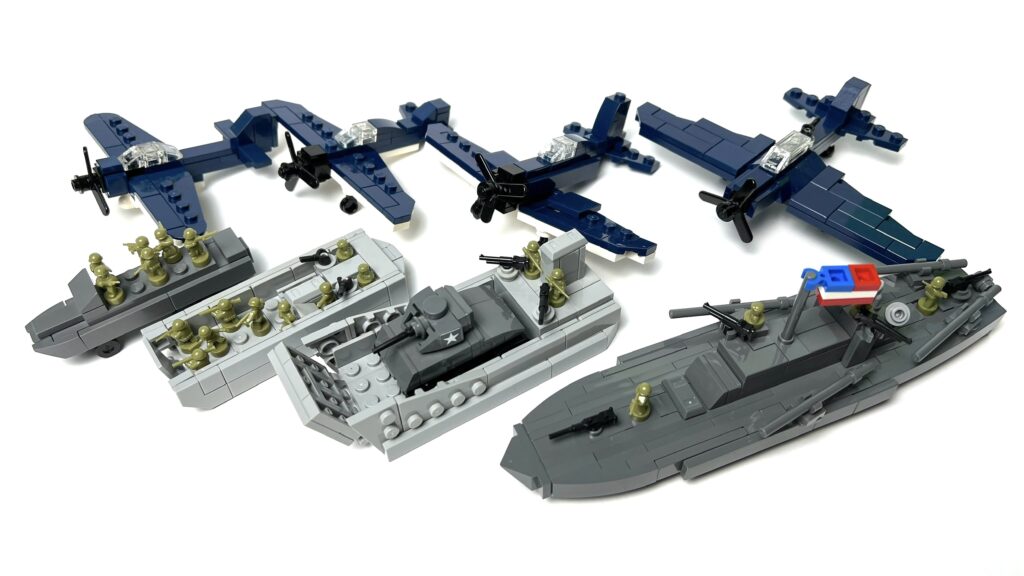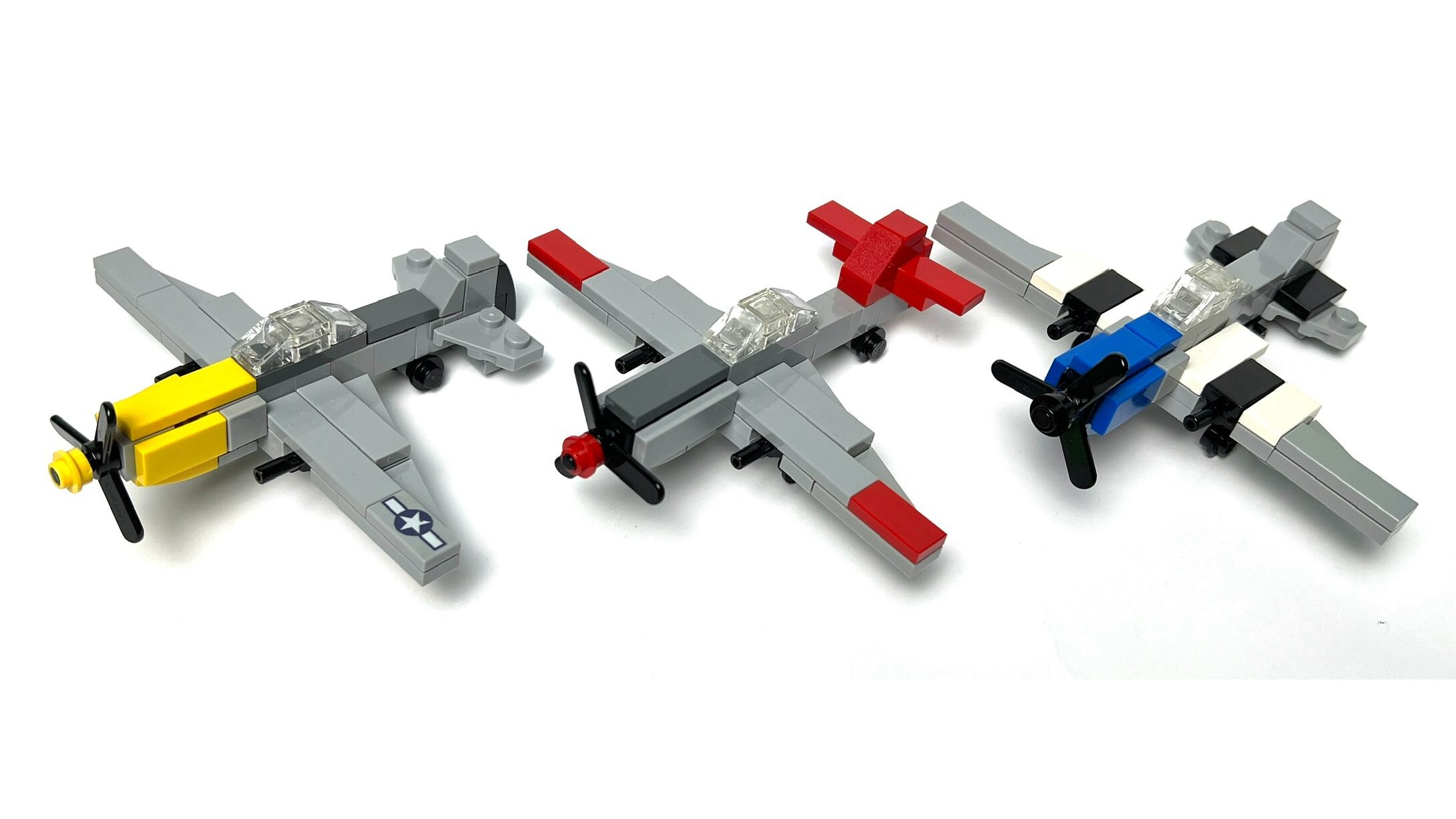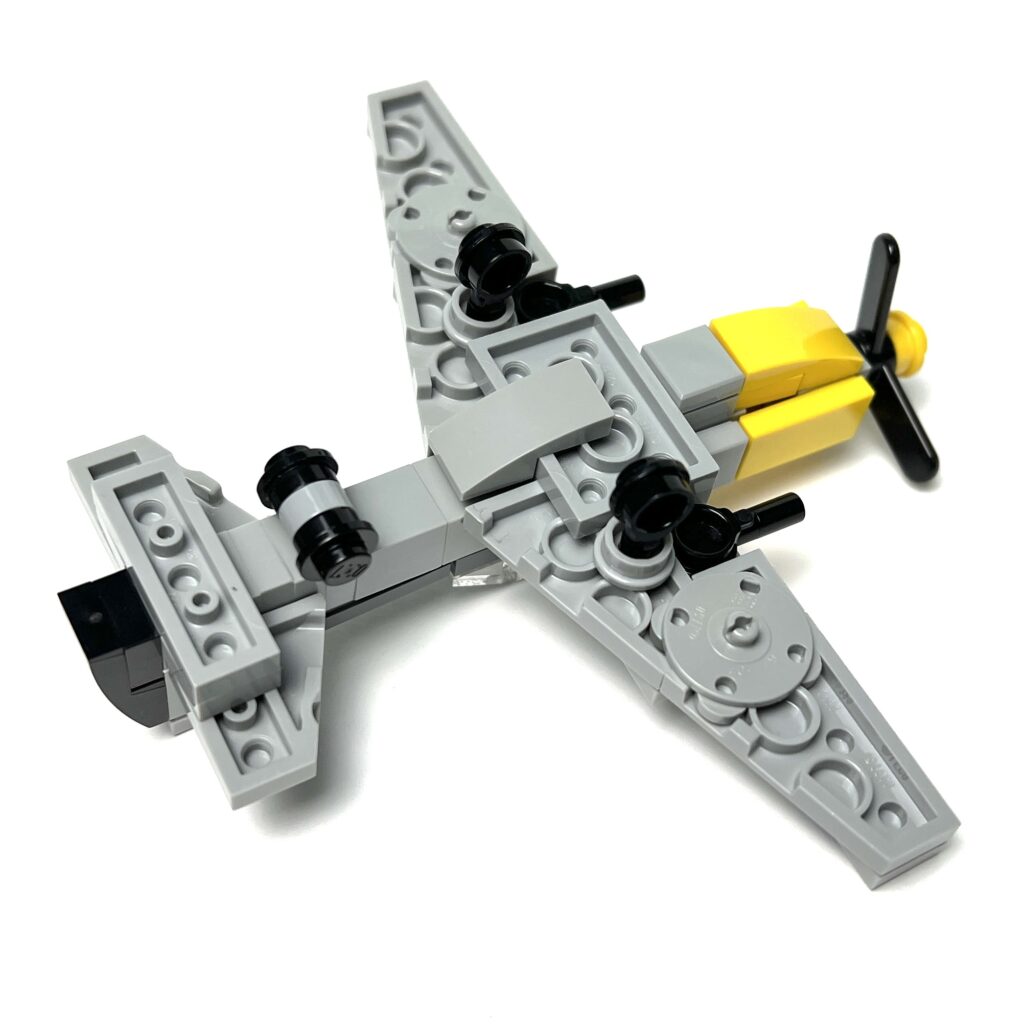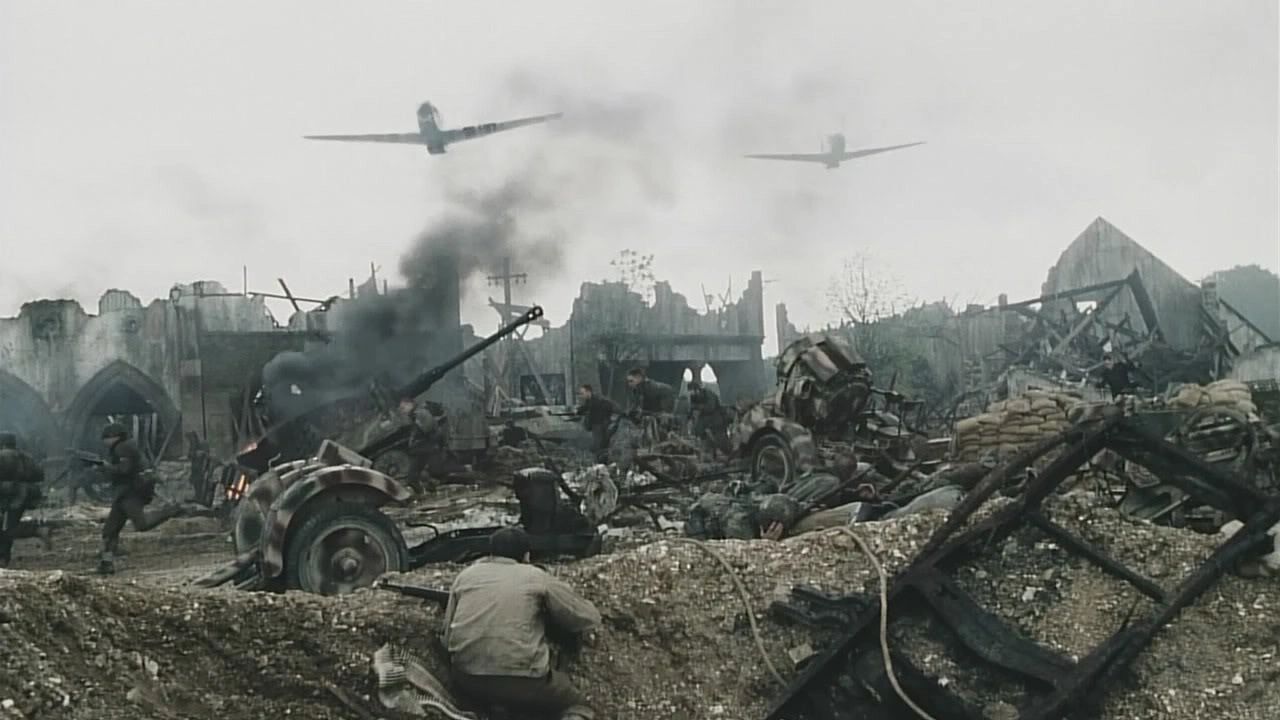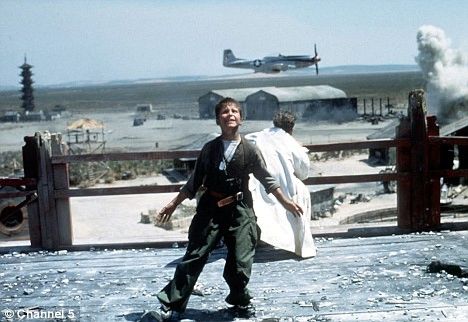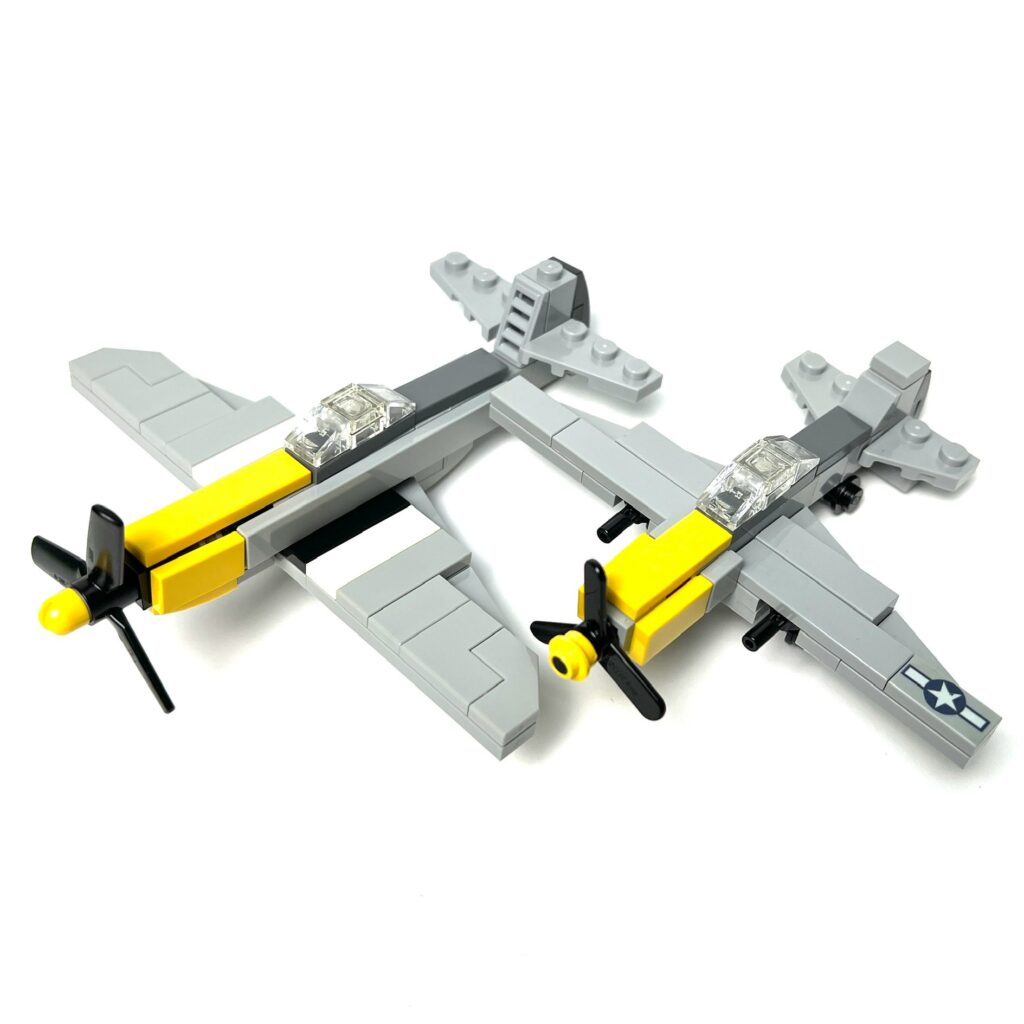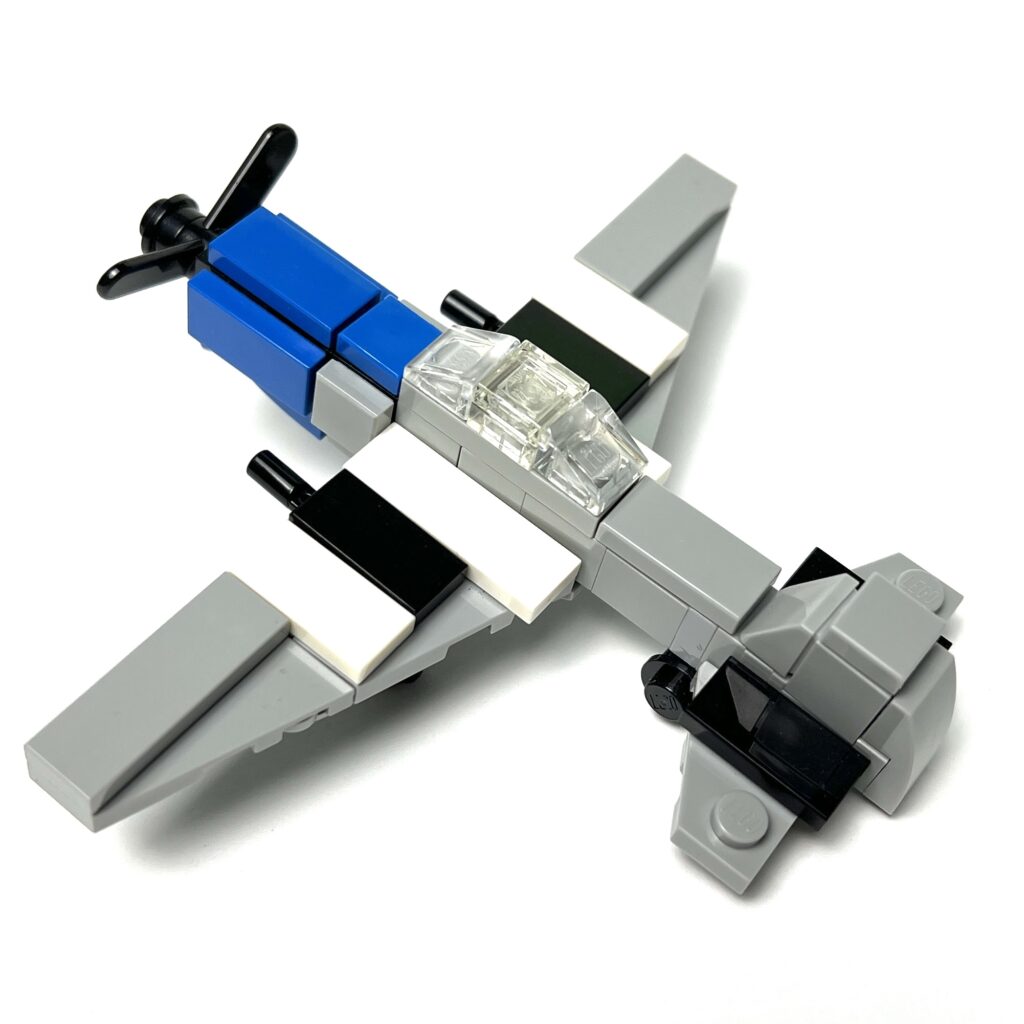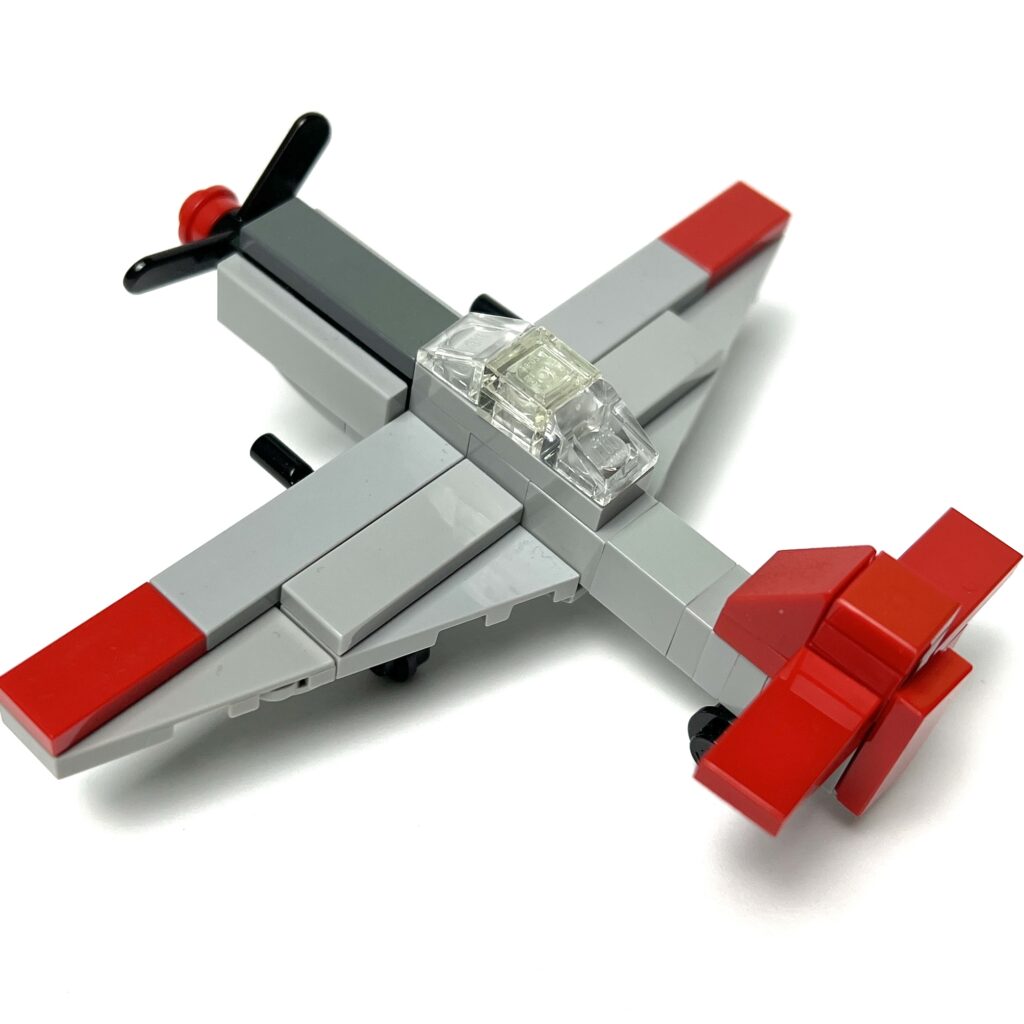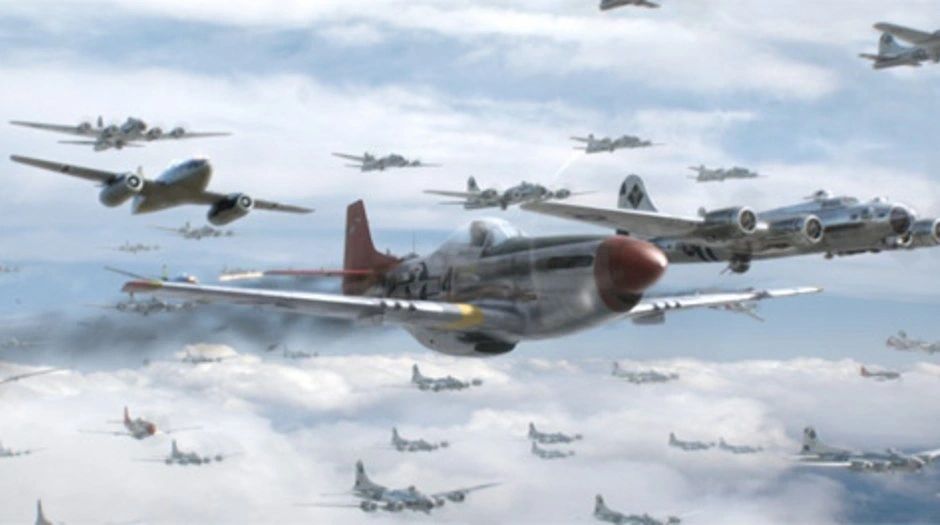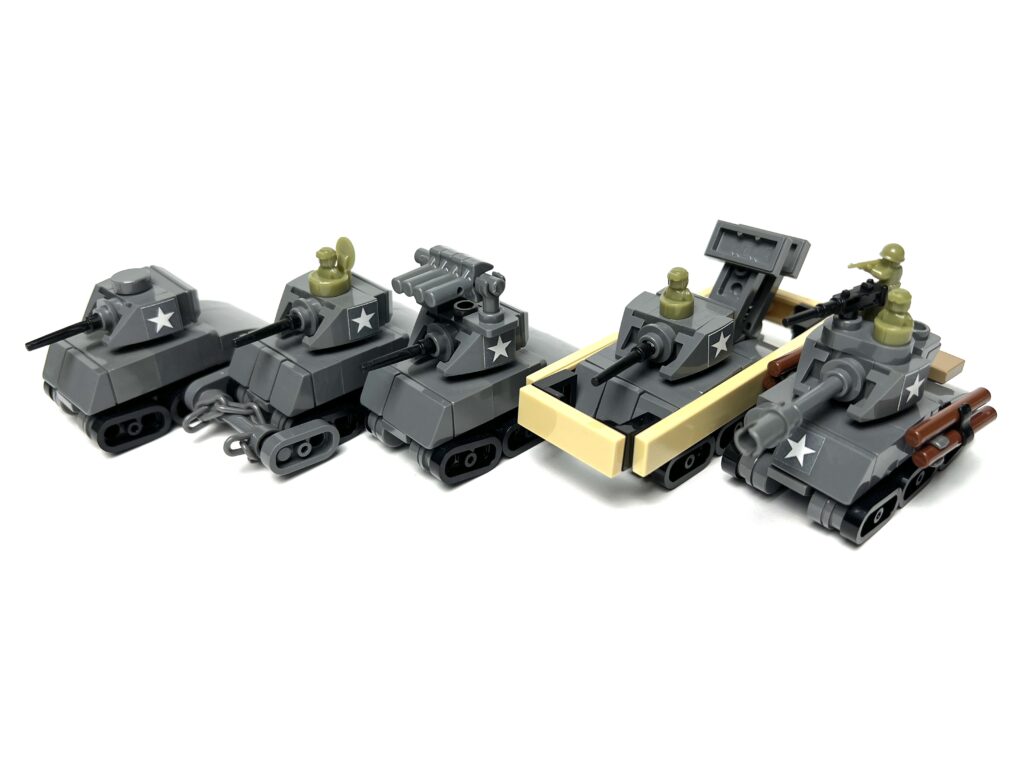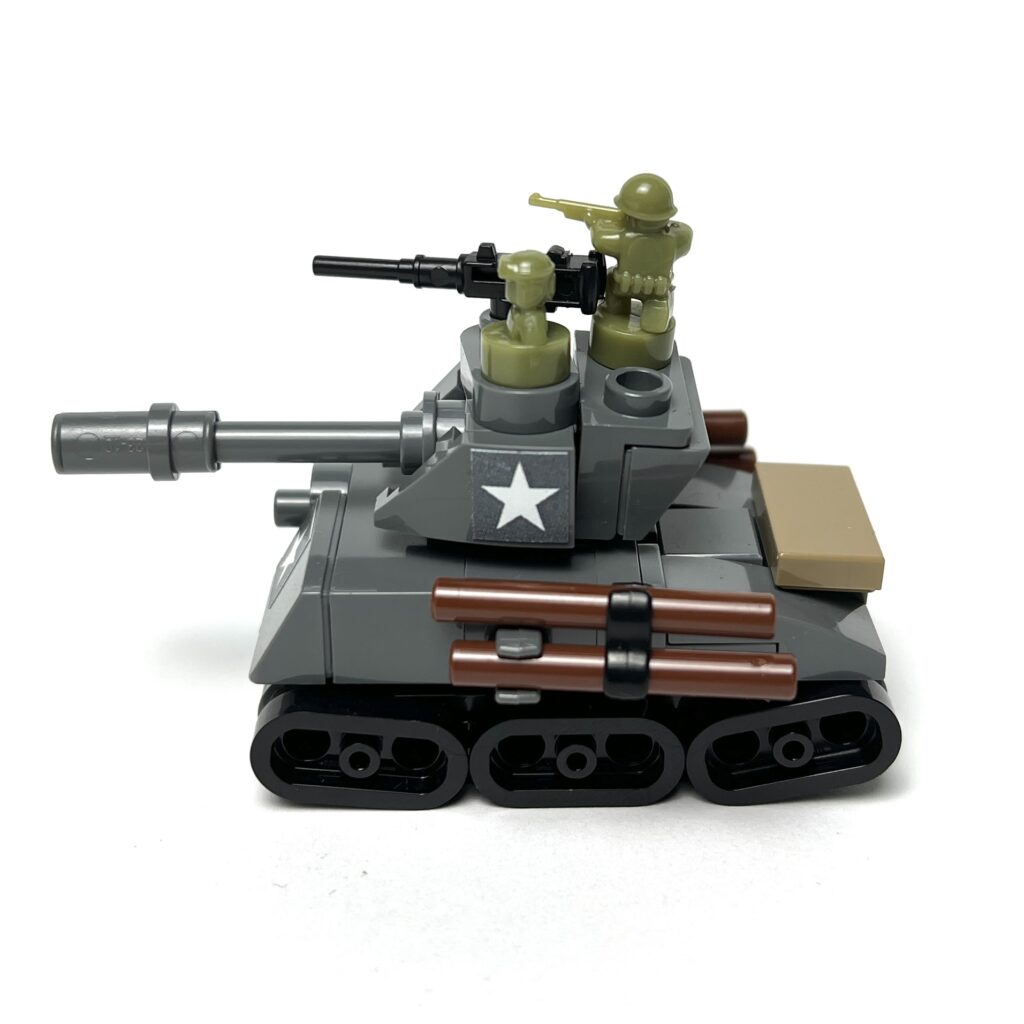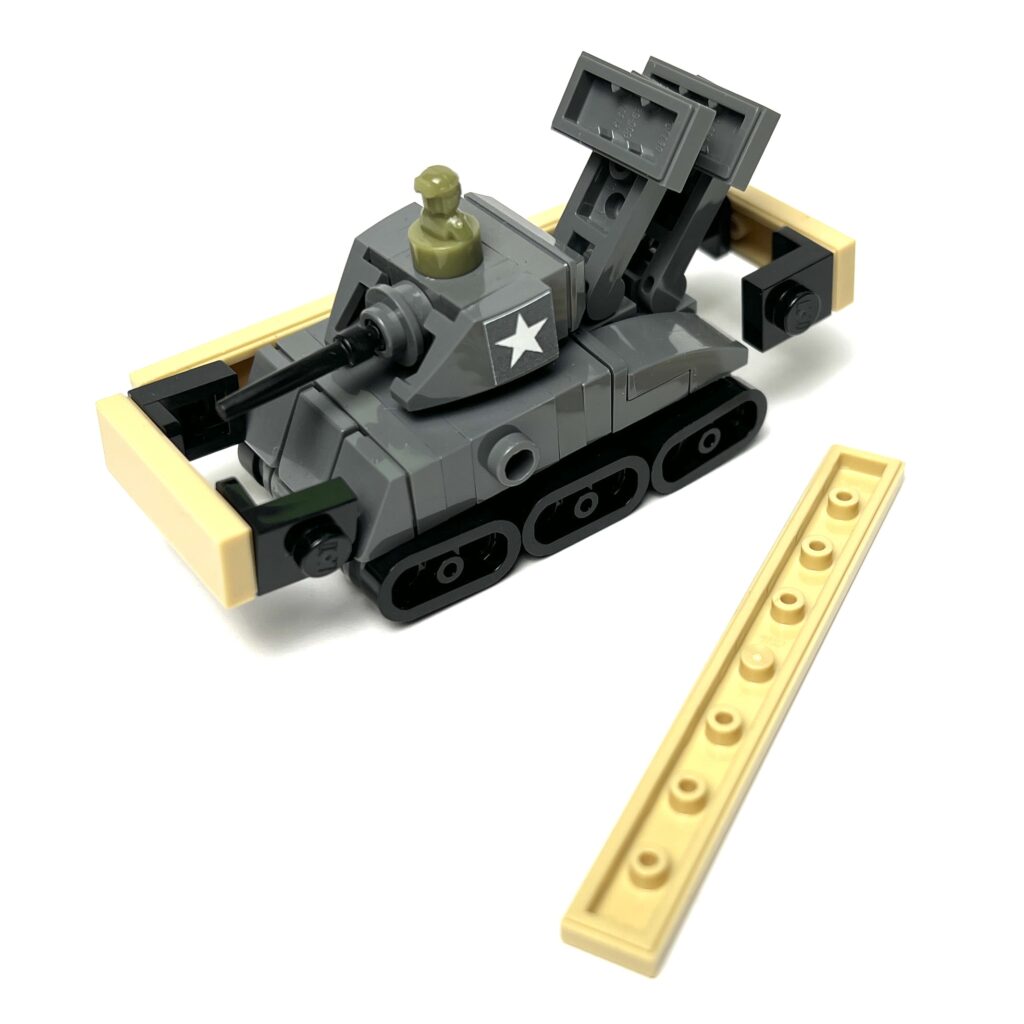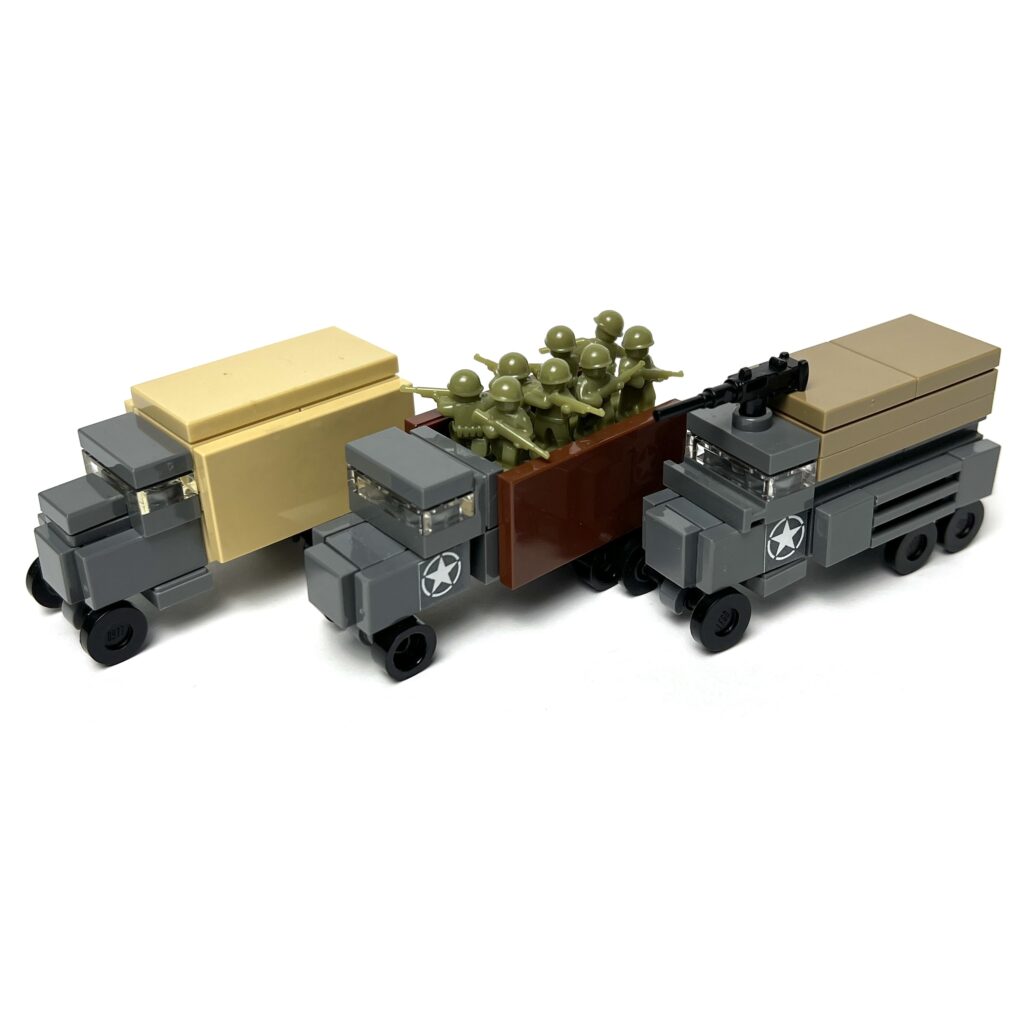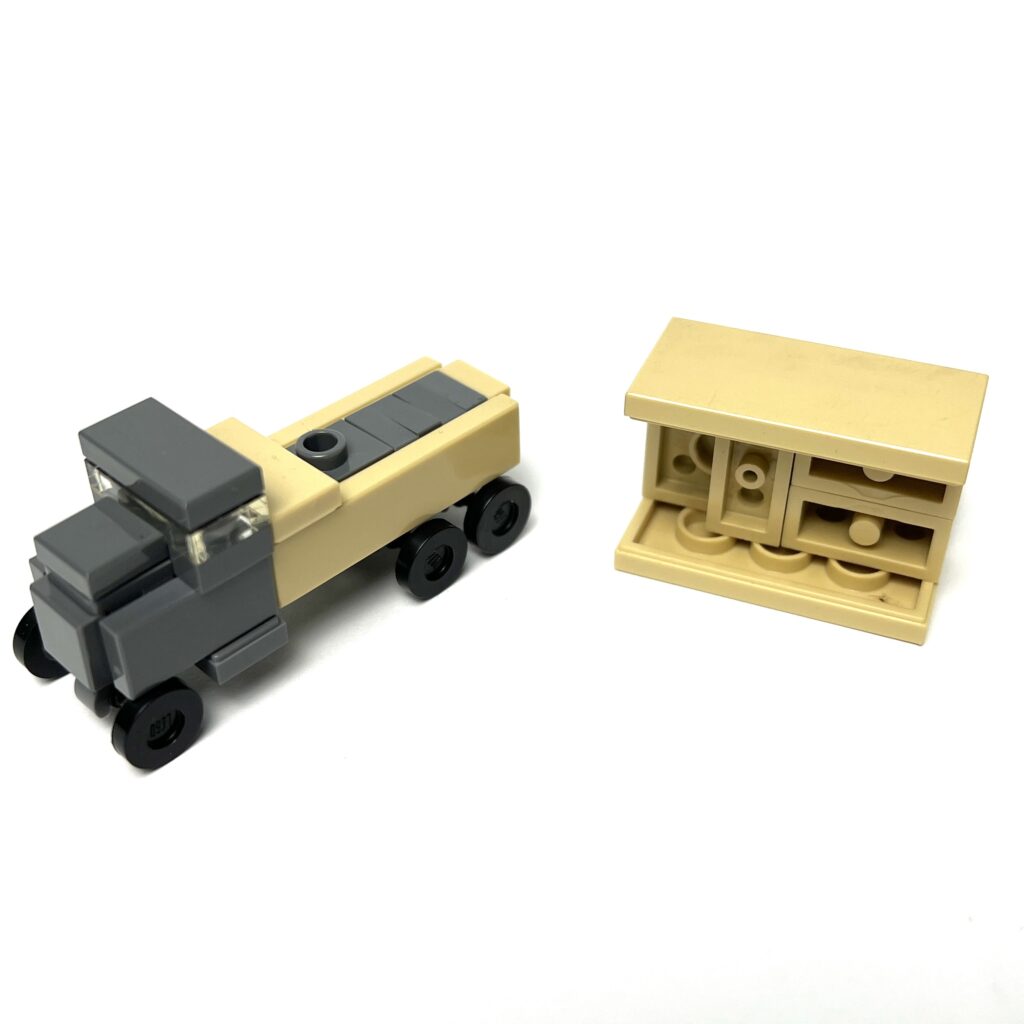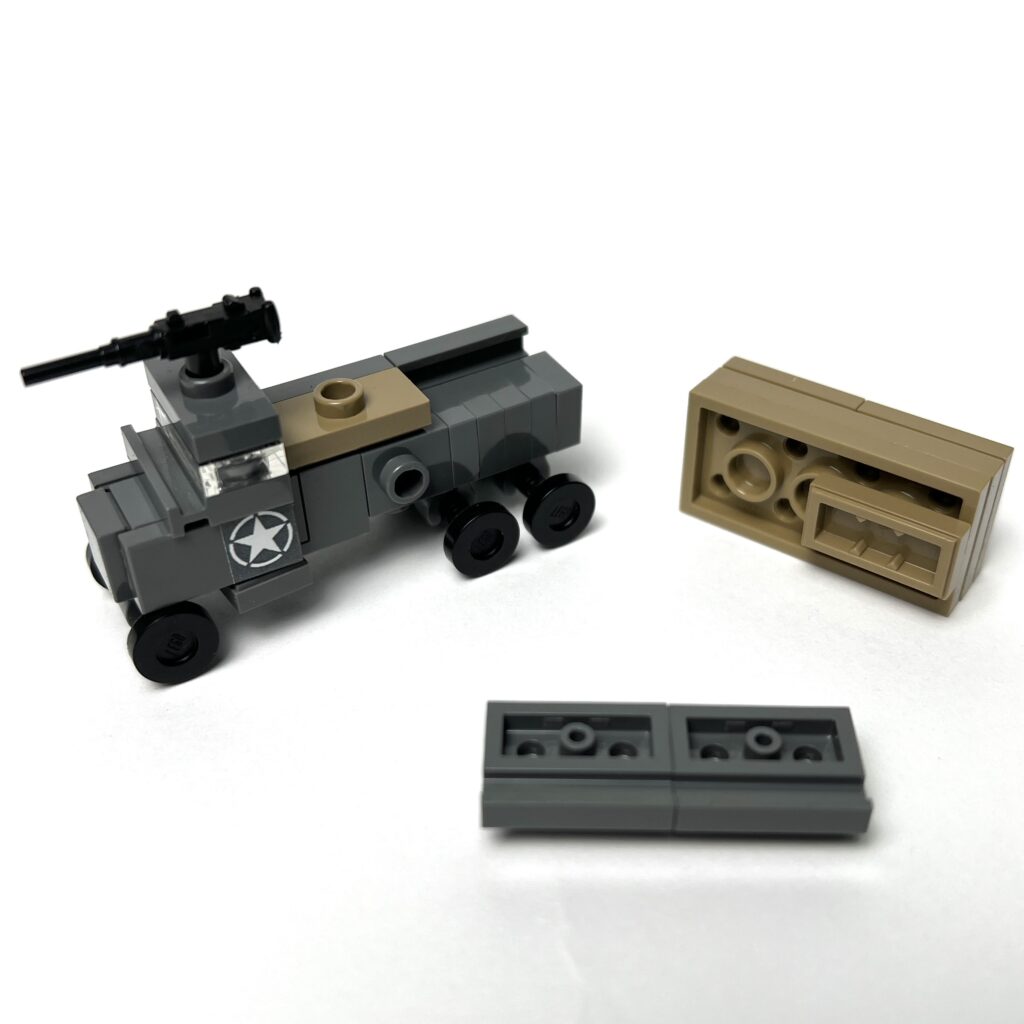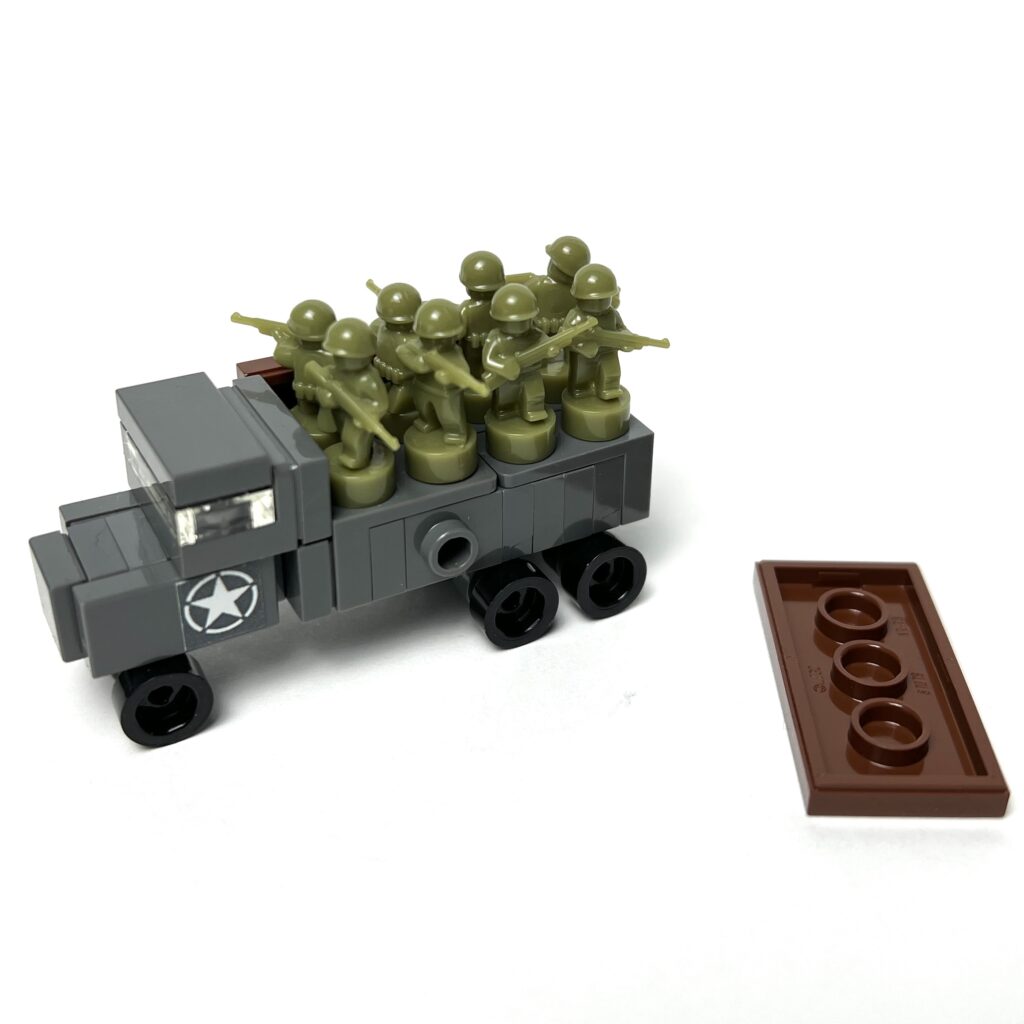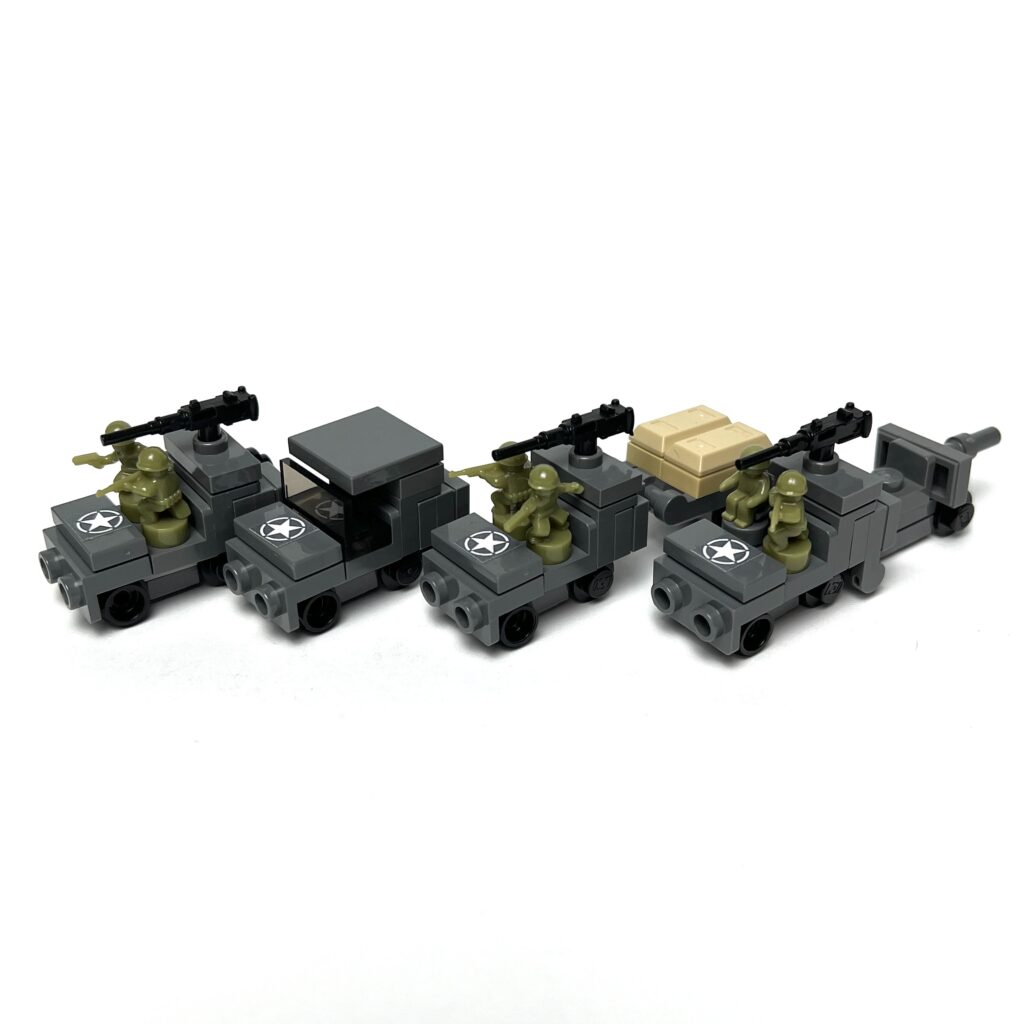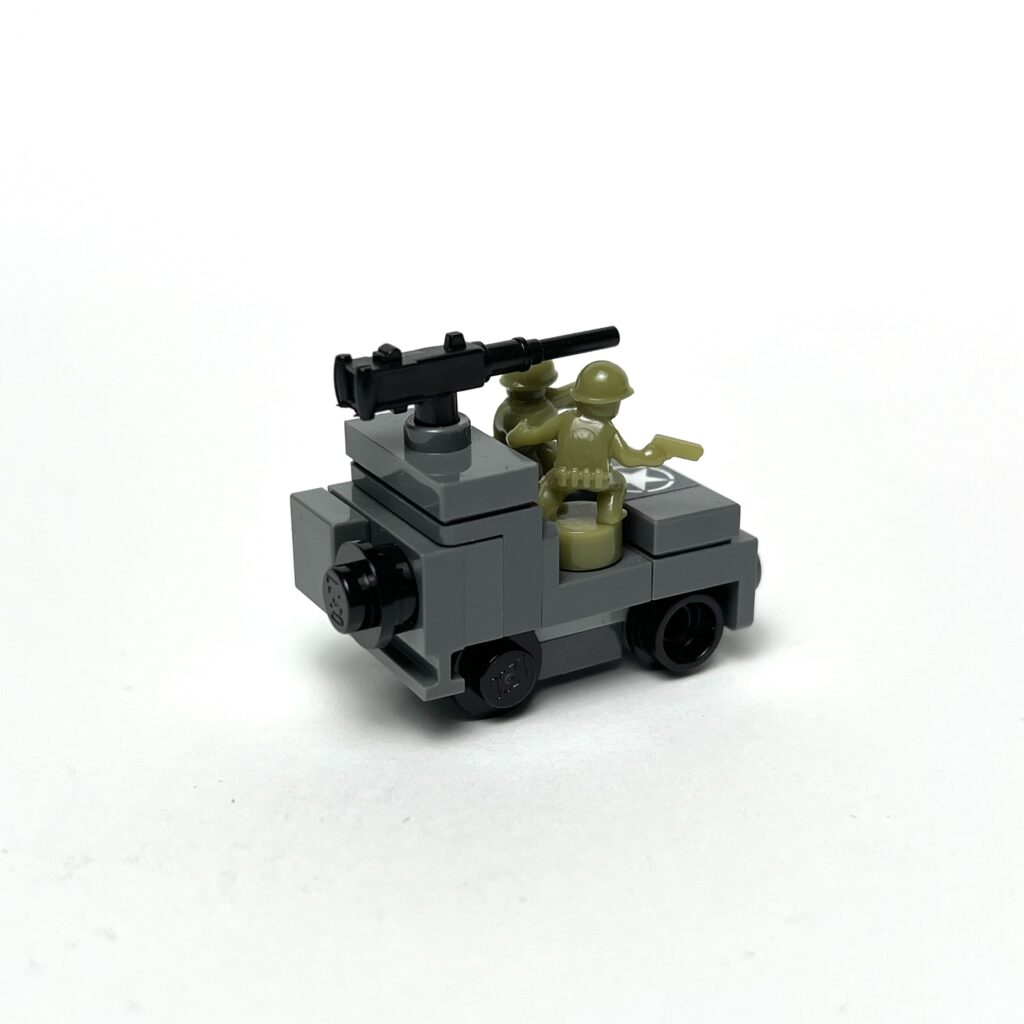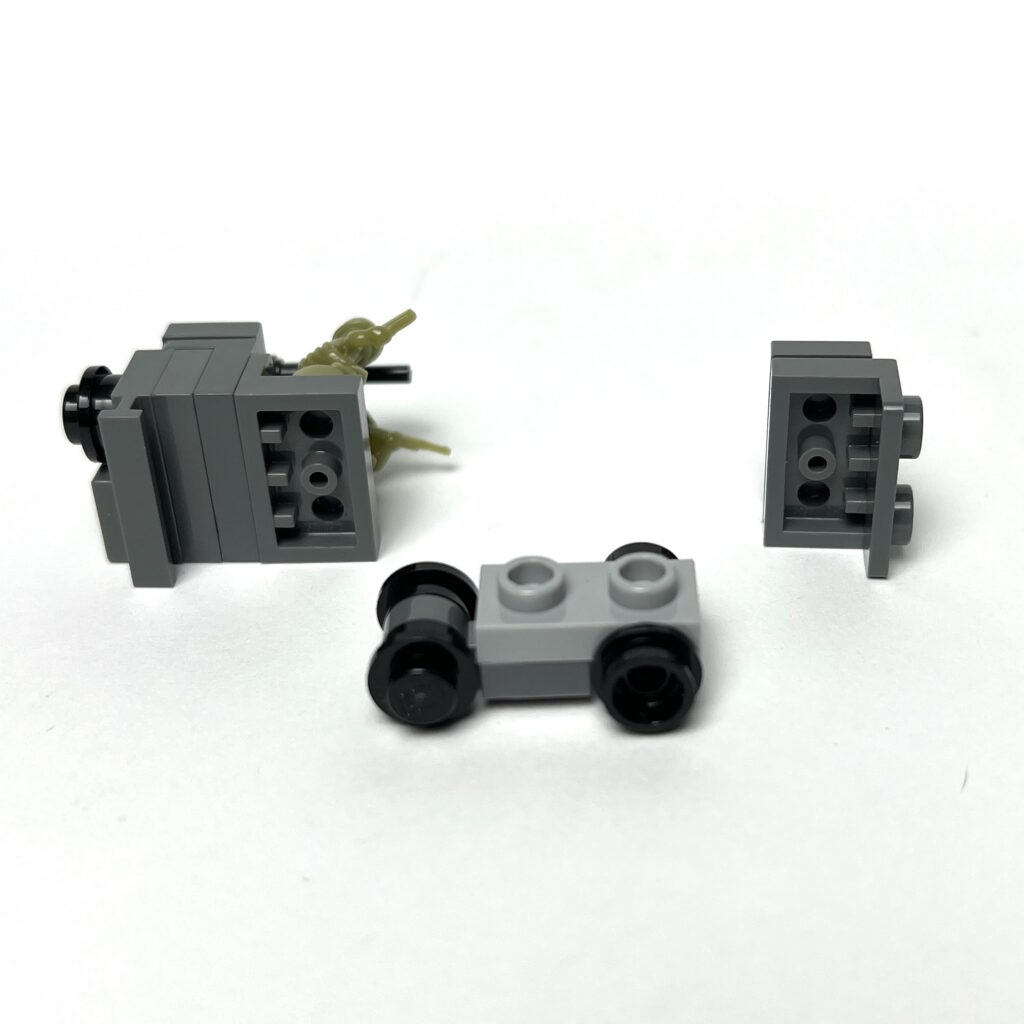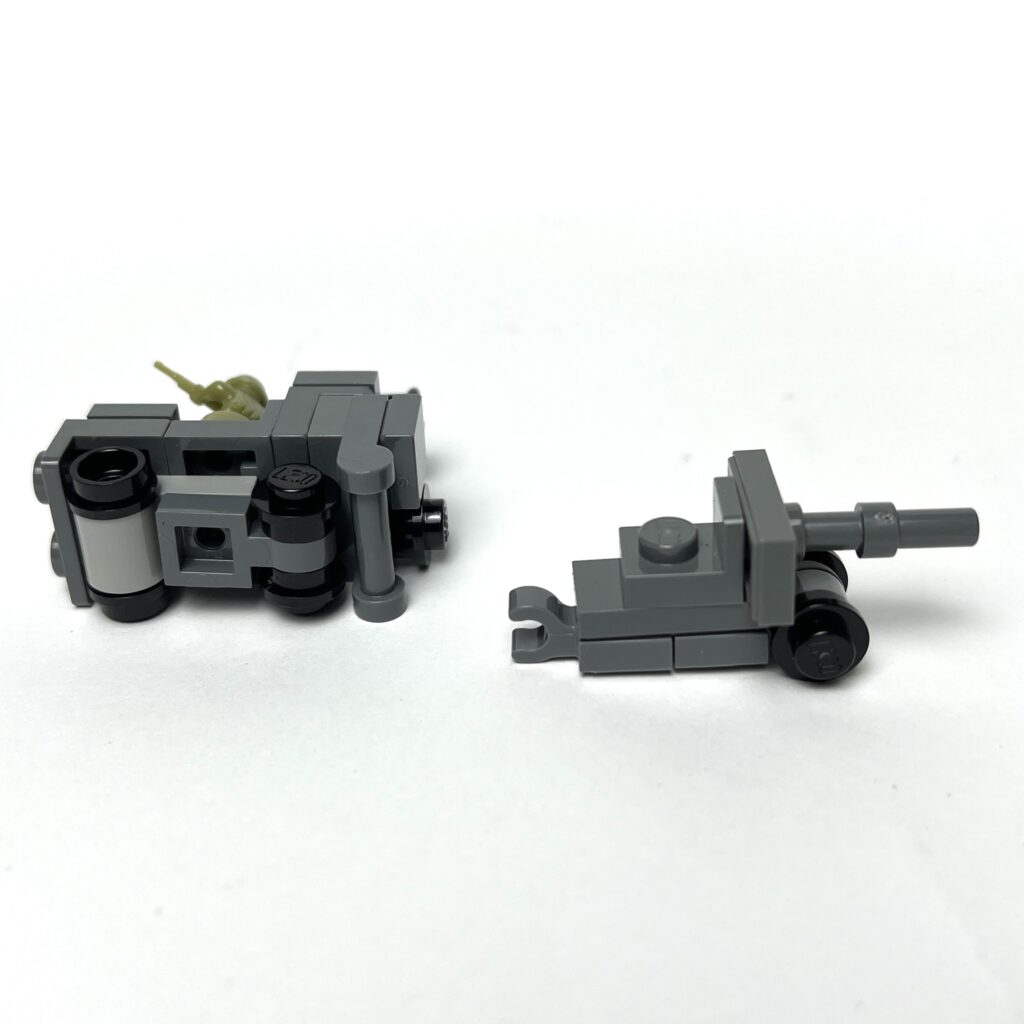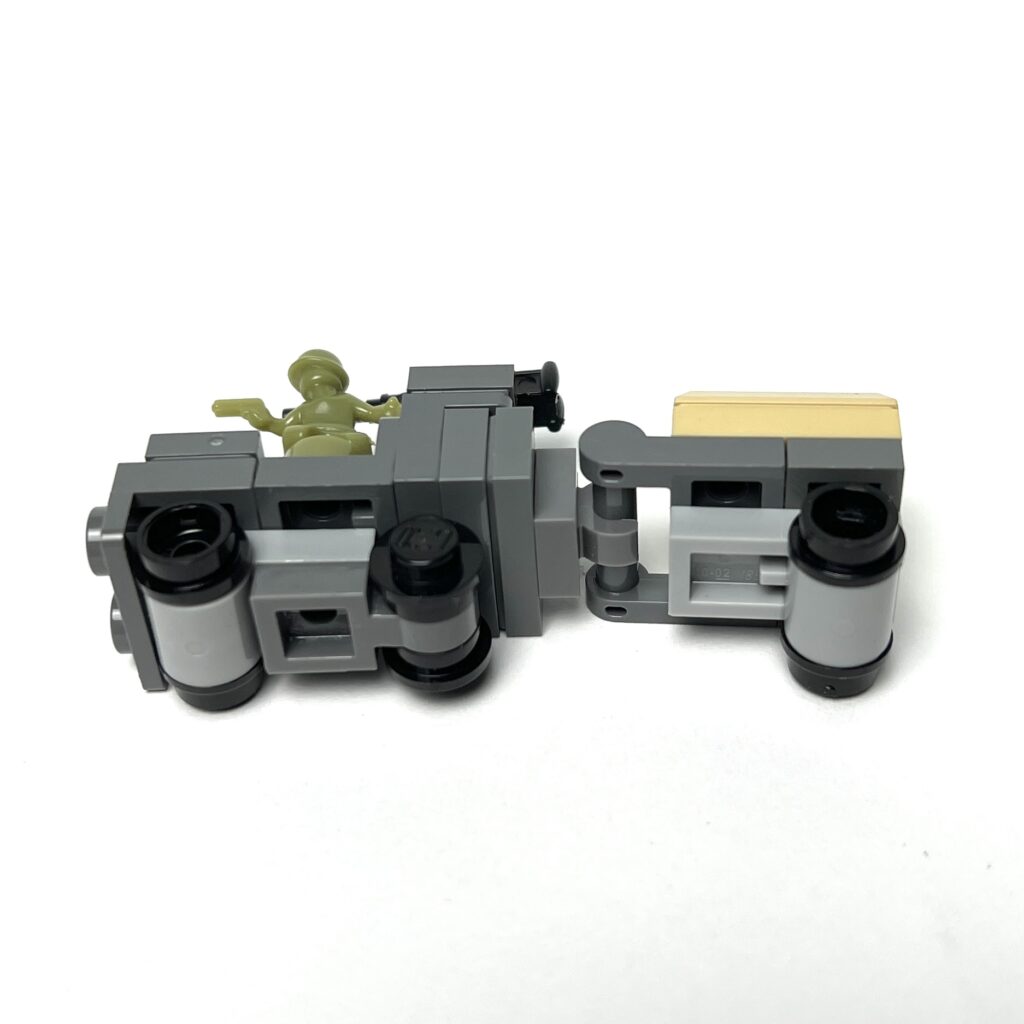When it came to naval power in World War II, no force projected strength across the oceans quite like the U.S. Navy. From the island-hopping campaigns in the Pacific to the D-Day landings in Europe, American innovation in aircraft and landing craft proved decisive.
I’ve recreated some of the most iconic U.S. Navy machines — the landing craft that carried men to the beaches and the aircraft that aided the marines to victory.
LCVP – The Higgins Boat
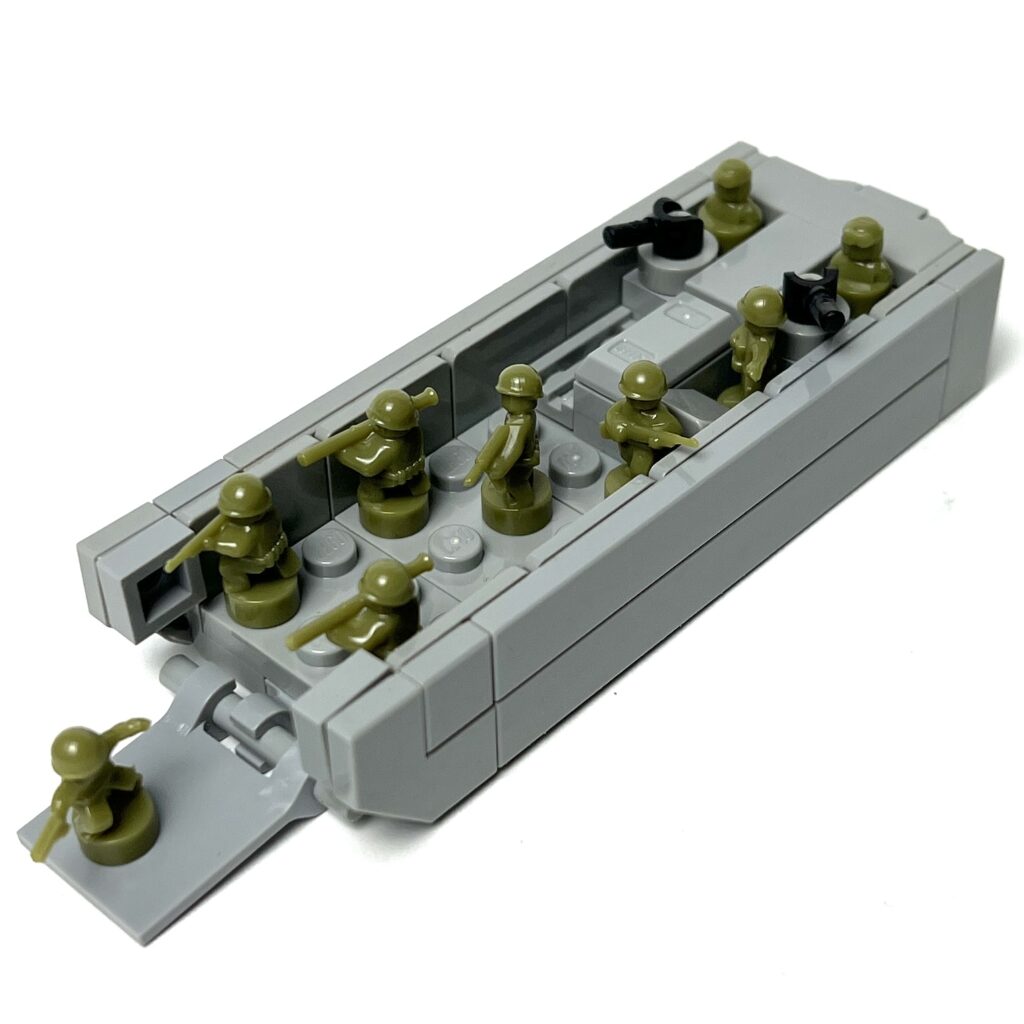
Known as the “Higgins boat,” the Landing Craft, Vehicle, Personnel (LCVP) was essential for amphibious invasions. With its front ramp, it could unload troops and jeeps directly onto the beach. From D-Day in Normandy to the Pacific islands, the LCVP became a symbol of Allied landings.
And that’s exactly what the Lego version can do too, it’s ramp can lower to release the Brickmini troops onto the beach, where you can recreate your own D-Day diorama.
LCM – Landing Craft, Mechanized
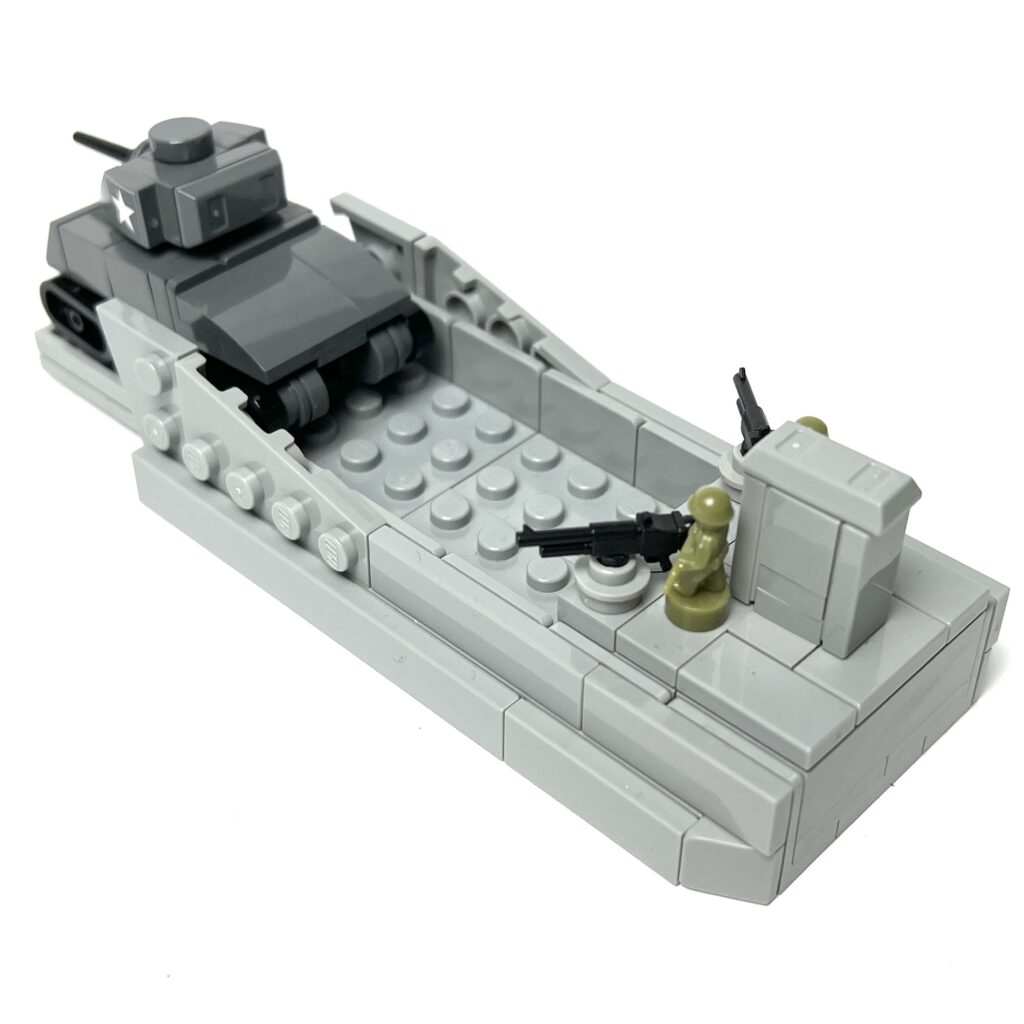
The LCM was larger than the LCVP and designed to carry tanks, vehicles, and heavy equipment ashore. It allowed the U.S. Navy to land armor directly onto contested beaches, supporting infantry with much-needed firepower. In the picture above, our LCM can fit one tank with a 1×3 stud width, or two Willys jeeps. Tutorial below:
Vought F4U Corsair – The “Whistling Death”
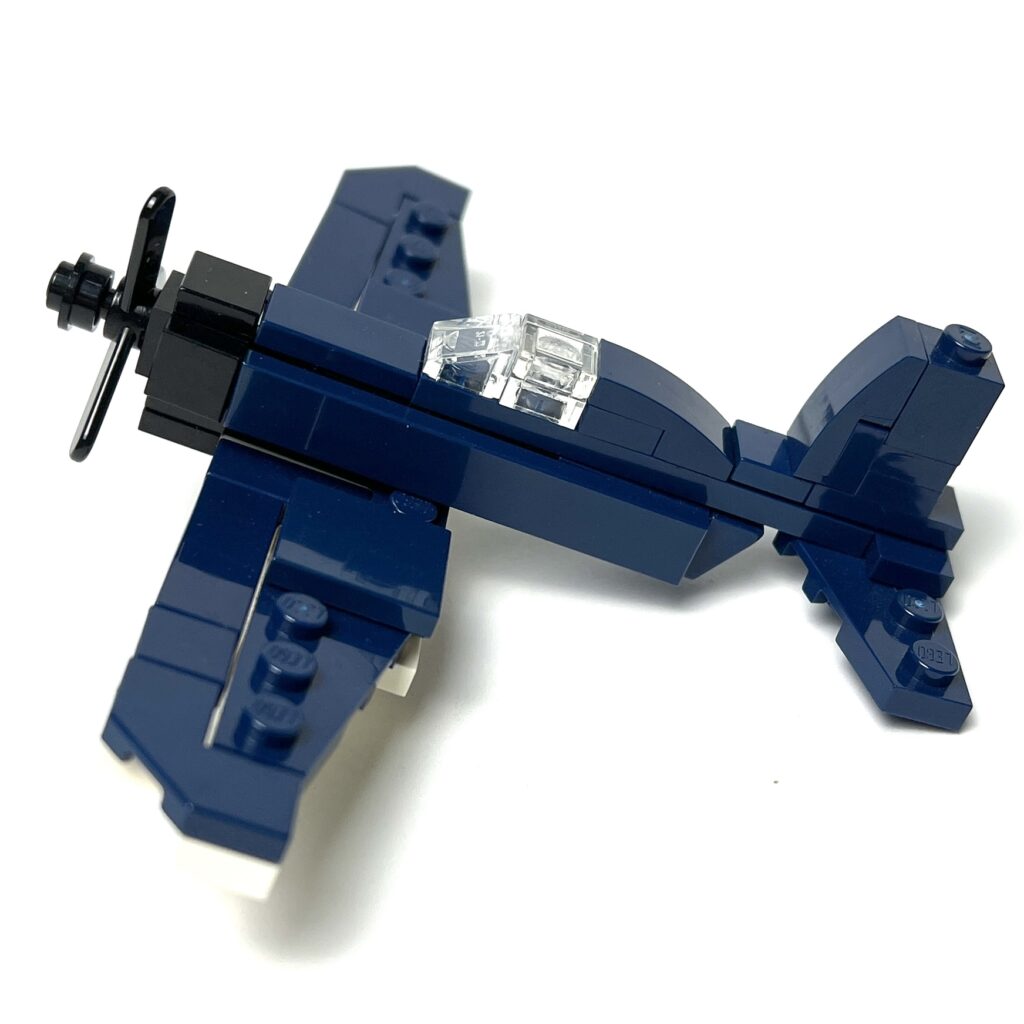
The Corsair was one of the most iconic carrier-based fighters of WWII. With its distinctive gull wings and powerful engine, it dominated the skies over the Pacific. Japanese pilots nicknamed it “Whistling Death” for the terrifying sound it made in dives. I was quite proud to recreate the canted wing effect in such a small scale, which was a defining feature of this aircraft. Another cool thing is the spinning propellers, which all of the aircraft feature.
Douglas SBD Dauntless – The Dive Bomber That Turned the Tide
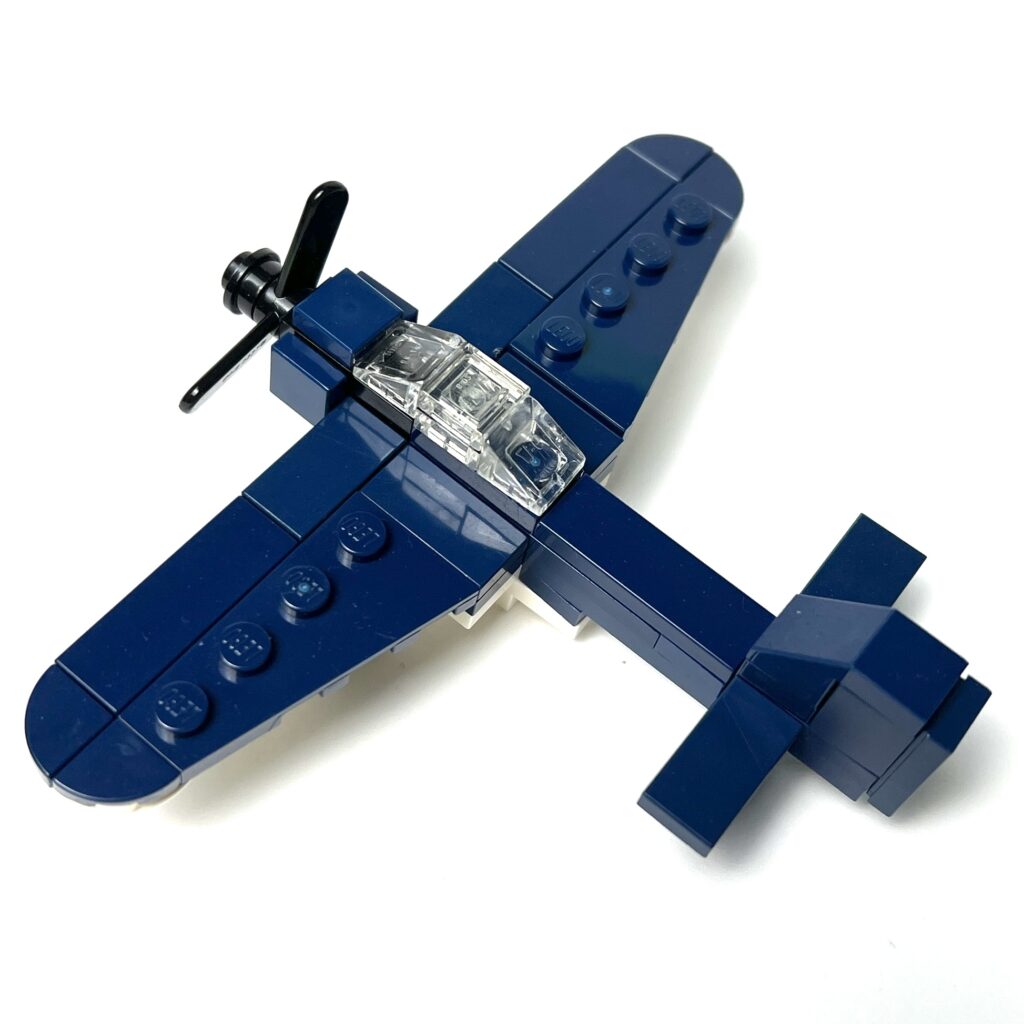
The SBD Dauntless was the Navy’s main dive bomber and proved decisive in the Battle of Midway, where its pilots sank four Japanese carriers. Slow but rugged, the Dauntless earned its place in history as the plane that changed the course of the Pacific War.
Grumman F6F Hellcat – The Carrier Workhorse
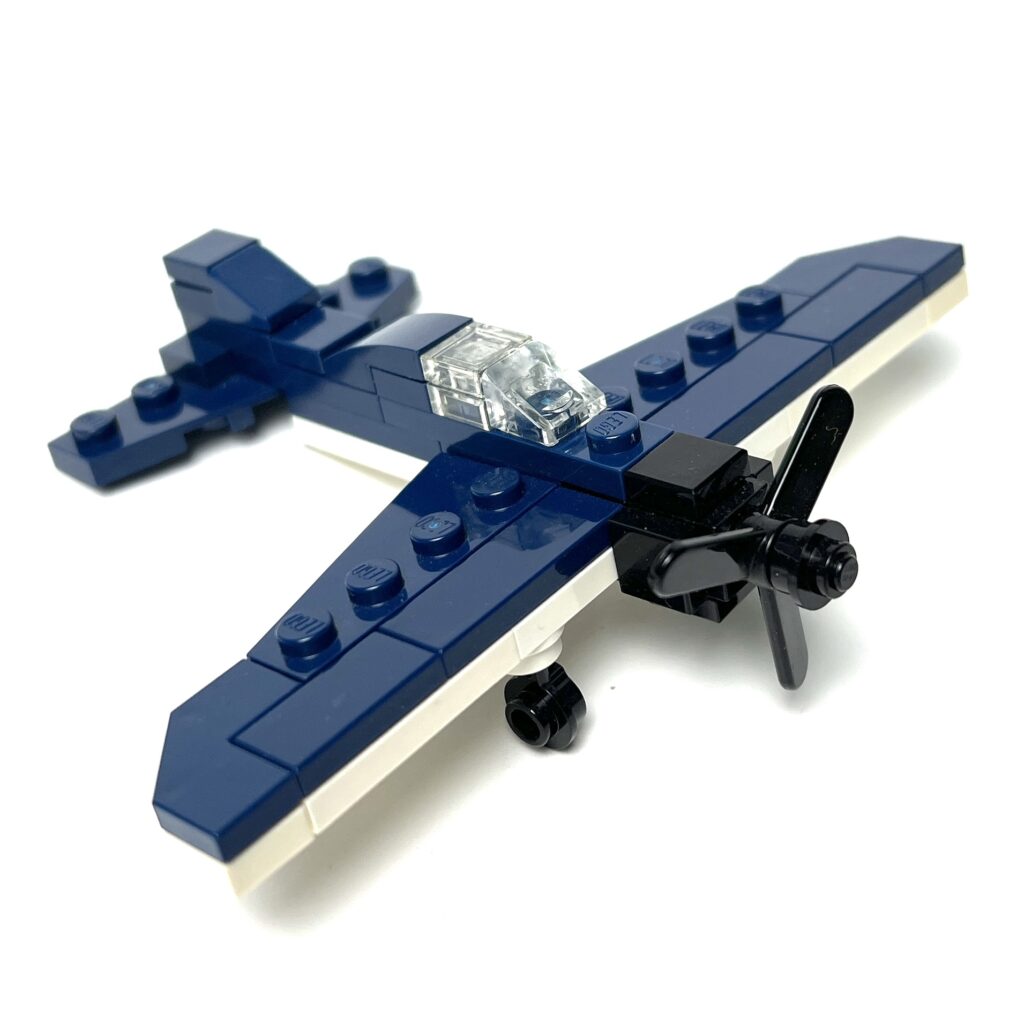
The Hellcat was the backbone of the U.S. Navy’s fighter force. Built to be tough and reliable, it racked up more aerial victories than any other U.S. naval aircraft — over 5,000 enemy planes shot down. Designed to dominate Japanese Zeroes, it quickly became the Navy’s most successful fighter.
TBF Avenger – Torpedo Bomber Power
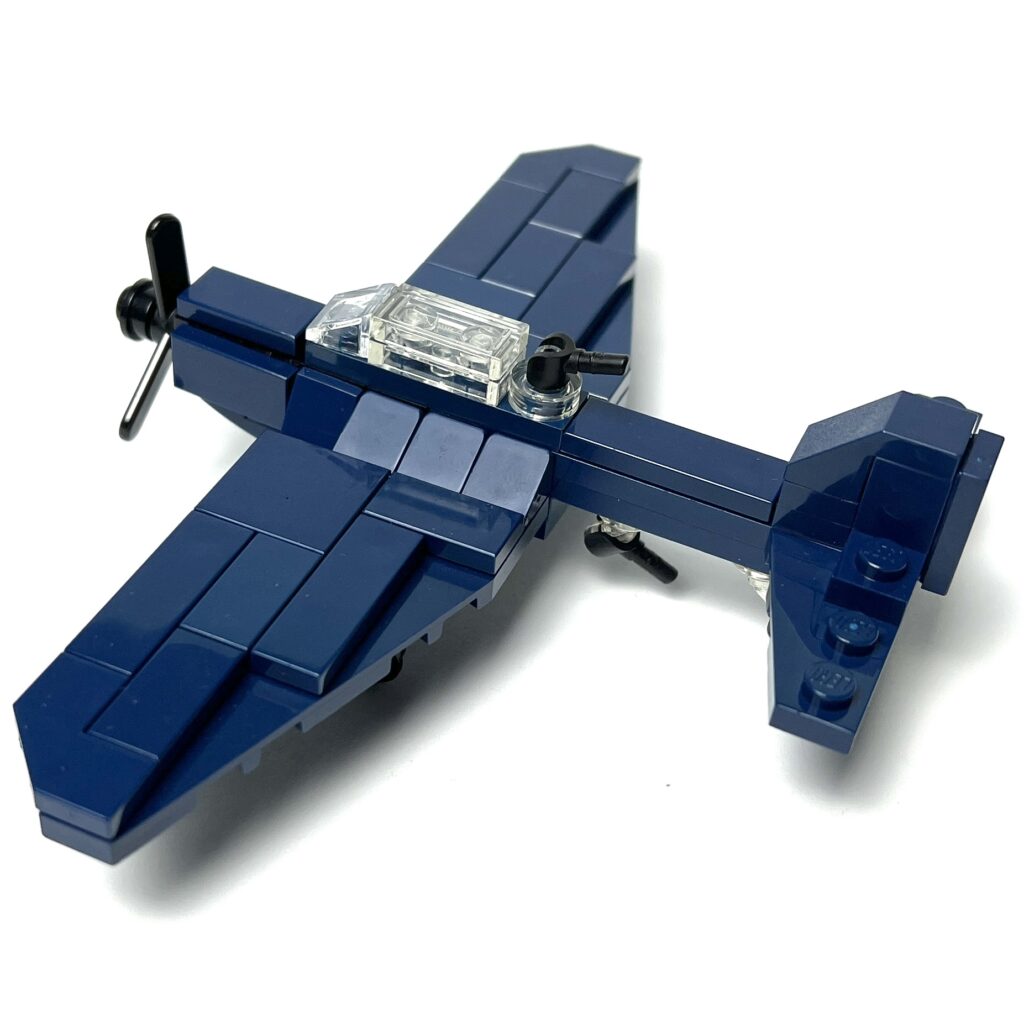
The Grumman TBF Avenger was a heavy torpedo bomber that gave the U.S. Navy the punch it needed against Japanese ships and carriers. With a crew of three, folding wings, and a bomb bay that could carry a torpedo or bombs, the Avenger combined toughness with versatility. It made its combat debut at the Battle of Midway and went on to become one of the most produced naval aircraft of the war.
This is also the largest of the naval fighters/bombers as you can see and has two machine gun turrets, top and bottom, which I use minifig hands to replicate.
DUKW – The Amphibious Truck
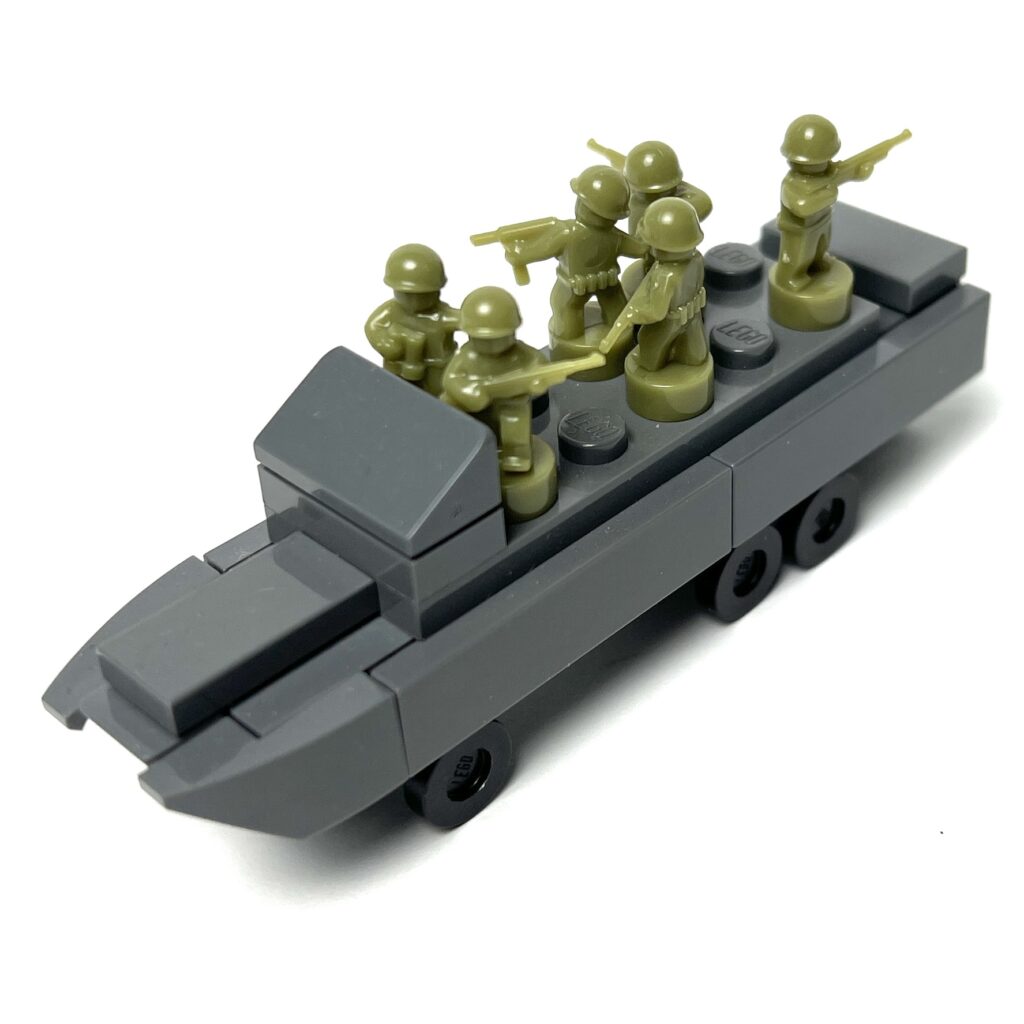
Nicknamed the “Duck,” the DUKW was a 6-wheel drive amphibious truck used by the U.S. military to ferry cargo, troops, and supplies from ship to shore. Unlike landing craft, the DUKW could drive directly off the beach and continue inland, making it invaluable for logistics during invasions. Over 20,000 were built, and their versatility made them a workhorse in both the European and Pacific theaters.
PT Boat – The Fast Attack Craft
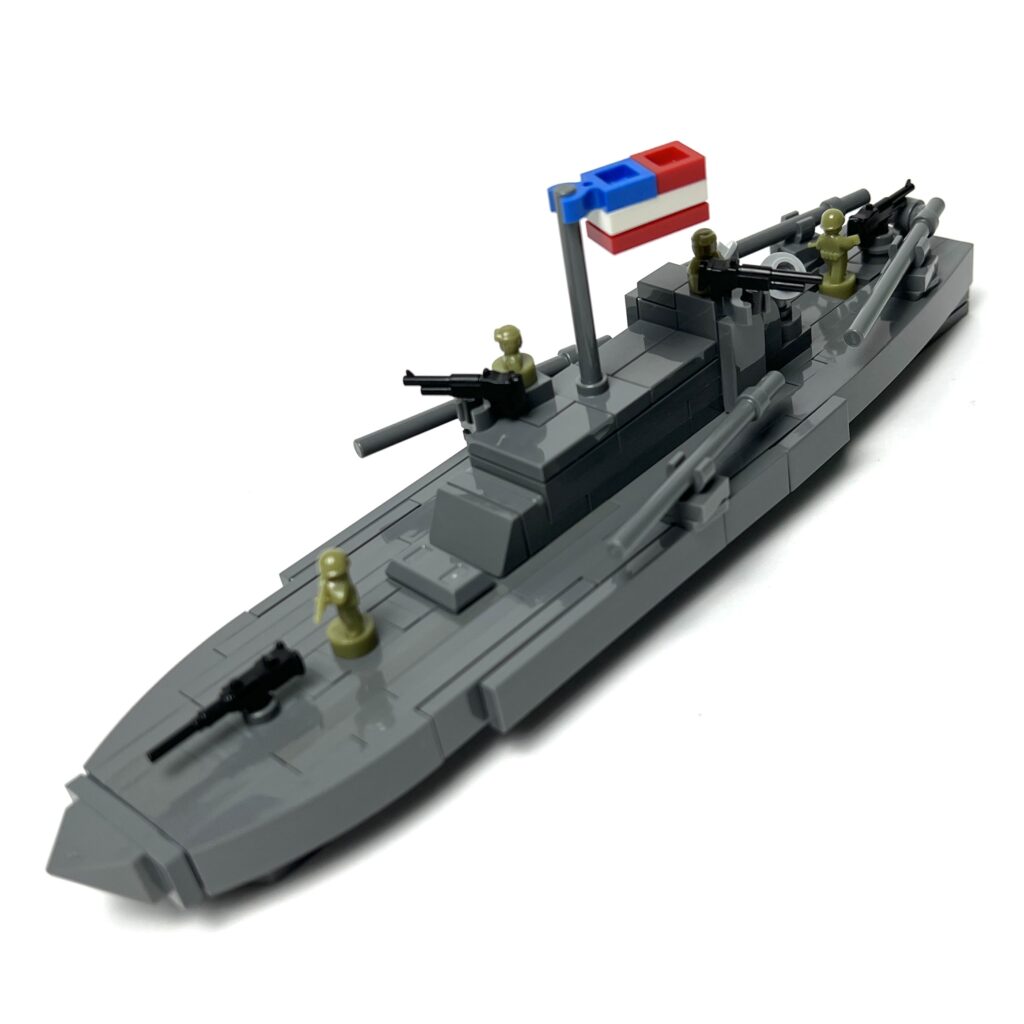
Small, fast, and armed with torpedoes, Patrol Torpedo (PT) boats became famous for daring hit-and-run tactics against larger enemy ships. Crewed by just over a dozen men, these wooden boats relied on speed and surprise rather than armor. One of the most famous, PT-109, was commanded by future U.S. President John F. Kennedy.
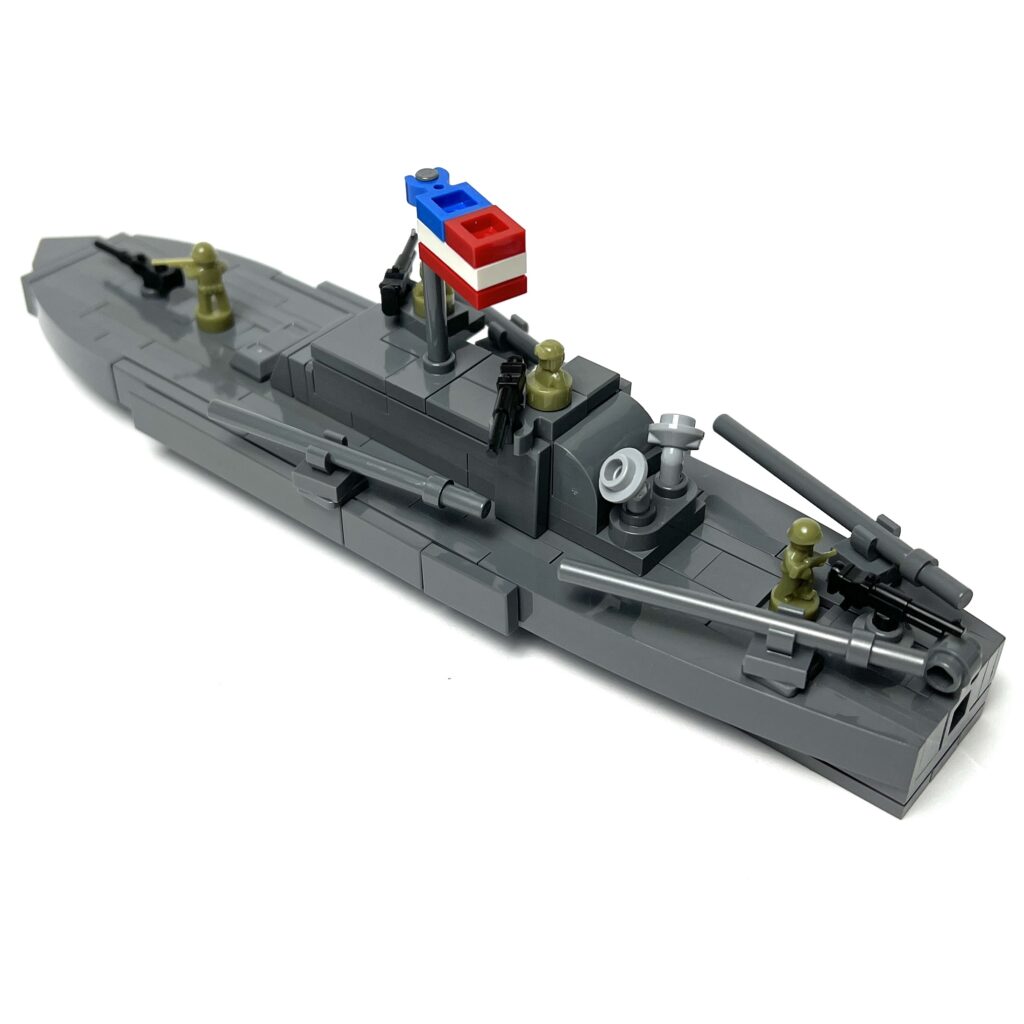
Here’s a tutorial on how to build your own!
If you like my post on this subject, stay tuned because there will many more of these coming! Also, leave a comment and let me know what else you would like to see in future posts. Thanks for reading!
Tip: Bars and clips can be used in many ways, and can even help you build upside down.
